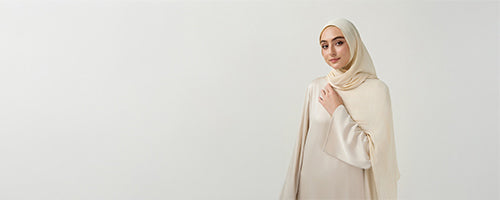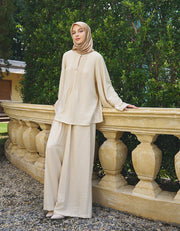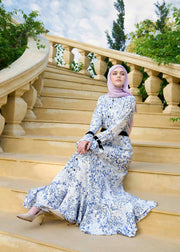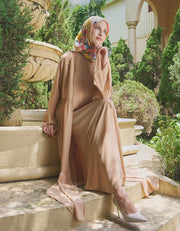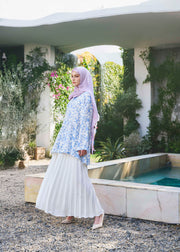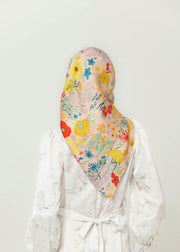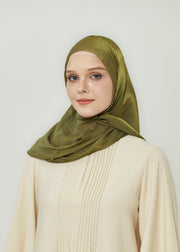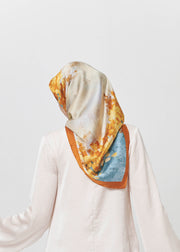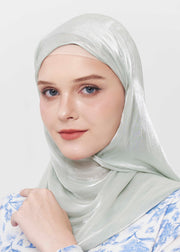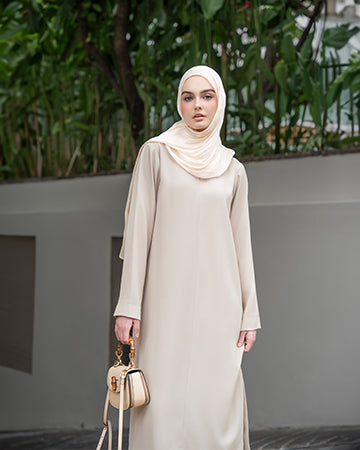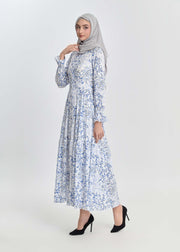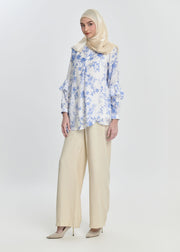Islamic Traditional Fashion: Design Elements You Need to Know
The Uniqueness of Islamic Traditional Fashion
Islamic traditional fashion is an artistic blend of modesty, culture, and timeless design. For centuries, Muslims across the world have embraced garments that not only fulfill the principles of modesty but also celebrate craftsmanship, identity, and heritage. Beyond their religious significance, these garments reflect the artistry of embroidery, tailoring, and fabric selection that continues to inspire modern designers. To understand the richness of Islamic traditional fashion, it’s essential to explore its core design elements.
Modesty as the Foundation of Design
At the heart of Islamic traditional fashion lies the principle of modesty. Every design, from the flowing abaya to the structured thobe, adheres to guidelines that ensure coverage while allowing comfort and elegance. Designers focus on loose silhouettes, longer hemlines, and breathable fabrics to create clothing that respects faith while offering aesthetic beauty.
Loose Silhouettes and Layering
The emphasis on loose fits ensures comfort and modesty. Whether it’s a kaftan, jilbab, or thobe, the design allows the wearer to move freely while maintaining dignity. Layering also plays a key role—scarves, shawls, and outer garments complement base outfits, creating both depth and sophistication.

Modesty as the Foundation of Design
Fabric Selection in Islamic Traditional Fashion
Fabrics are one of the most crucial design elements. Historically, Islamic clothing incorporated natural fabrics like cotton, silk, and wool, chosen for their comfort and adaptability to different climates.
-
Cotton: Ideal for everyday wear, especially in hot regions.
-
Silk: Used for luxurious pieces and special occasions.
-
Wool: Popular in colder climates, offering warmth and durability.
Modern interpretations of Islamic traditional fashion often include chiffon, georgette, and jersey fabrics, bringing flexibility and variety to modest wardrobes.
Embroidery and Ornamentation
One of the most admired design elements in Islamic traditional fashion is embroidery. From intricate hand-stitched patterns on Moroccan kaftans to golden threadwork on Arabian abayas, embroidery elevates modest attire into wearable art.

Embroidery and Ornamentation
Regional Influences on Embroidery
-
Middle East: Heavy use of gold and silver embroidery on abayas and thobes.
-
South Asia: Rich zari, zardozi, and beadwork on salwar kameez and saree-style outfits.
-
North Africa: Geometric patterns and detailed hand-stitching on kaftans and djellabas.
These embellishments not only enhance aesthetics but also symbolize cultural pride and heritage.
Color Palettes in Islamic Traditional Fashion
Colors hold symbolic meaning in Islamic fashion. While black remains the most iconic for abayas, Islamic clothing features a wide range of shades:
-
White: Symbolizes purity, often chosen for thobes and hajj attire.
-
Green: Associated with paradise and prosperity, frequently used in embroidery.
-
Blue and Gold: Popular in Moroccan and Turkish garments for their elegance.
-
Neutral Tones: Modern fashion integrates beige, gray, and pastels for versatile everyday wear.
The palette reflects both tradition and evolving modern preferences, making Islamic traditional fashion diverse and expressive.
Functional Design Meets Aesthetic Appeal
Islamic traditional fashion balances practicality with beauty. Loose cuts ensure breathability in hot climates, while layering allows adaptation in colder weather. Accessories like belts, sashes, and headpieces are used strategically to add structure and personality. The balance between function and form is one of the reasons Islamic fashion remains timeless.
Modern Interpretations of Traditional Design
Contemporary designers have introduced innovative takes on Islamic traditional fashion. From minimalistic abayas with clean lines to fusion wear combining kaftans with modern jackets, the industry is thriving. The modest fashion movement has also expanded globally, showing how Islamic design elements resonate even beyond Muslim communities.
Influence of Global Fashion Trends
International fashion weeks now showcase collections inspired by Islamic traditional fashion. Designers highlight embroidery, flowing fabrics, and modest silhouettes, proving these elements have universal appeal. This cross-cultural recognition ensures Islamic traditional fashion stays relevant in a globalized world.

Modern Interpretations of Traditional Design
Conclusion: Why Design Elements Matter
Islamic traditional fashion is more than modest attire—it is a celebration of identity, artistry, and cultural heritage. From fabrics and embroidery to color symbolism and silhouettes, each design element tells a story of faith and tradition. As the fashion world evolves, these timeless elements continue to inspire both Muslim and non-Muslim designers alike.
For those seeking modern yet authentic interpretations of Islamic traditional fashion, discover the exclusive collections at Minnaba—where heritage and elegance come together in every piece.

